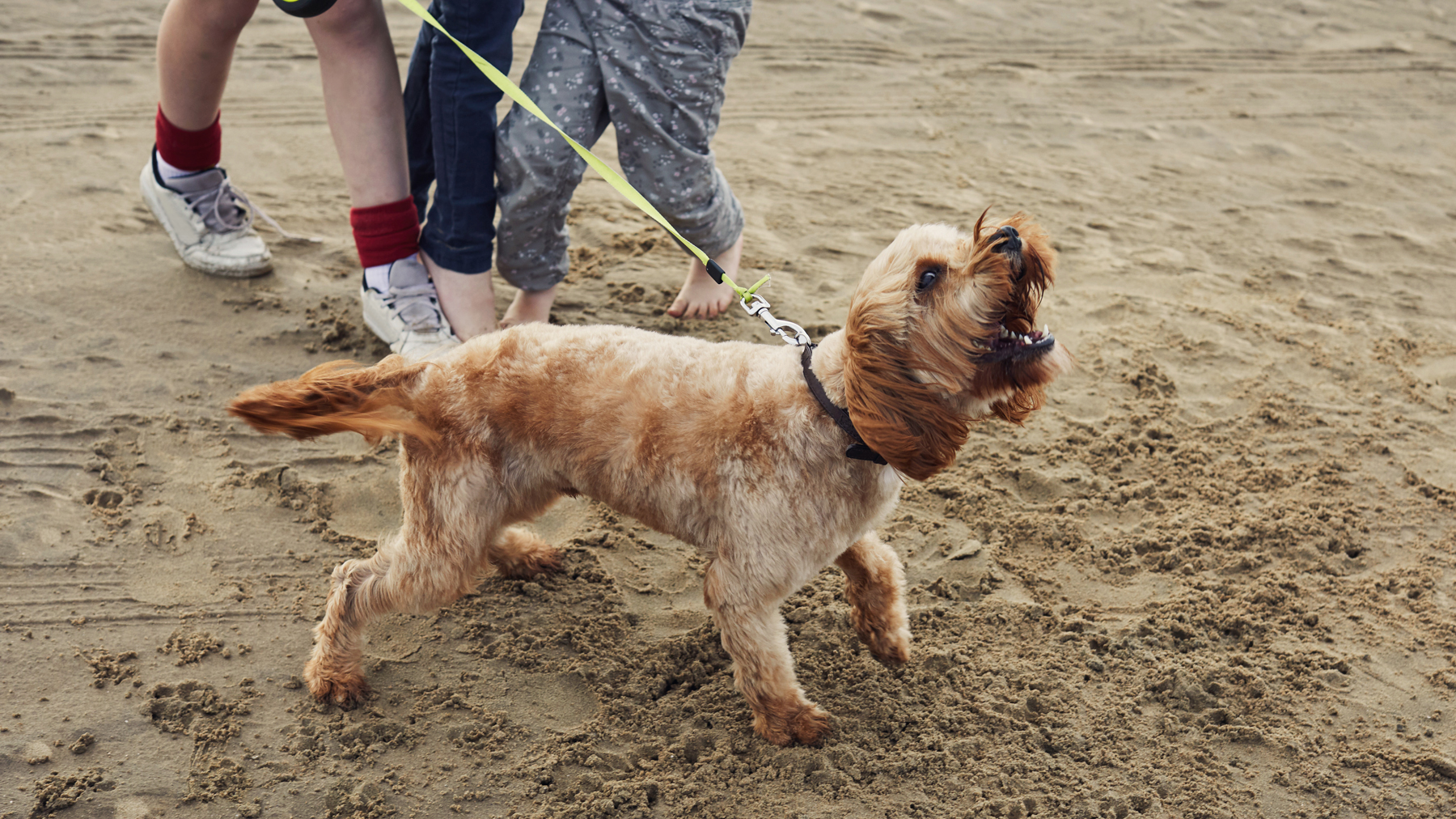
Aggressive behavior in a dog isn’t desirable – we want our pups to have a more friendly temperament so that we can enjoy their company and ensure that it's safe for others to be around them too.
However, there are lots of misconceptions surrounding aggressive dogs, and what actually makes them aggressive. They aren’t simply being aggressive for the sake of it – rather, there’s an underlying cause.
But fortunately, award-winning trainer Lisa Burton of Listen Dog Training has some advice to share in a new Instagram post. If you want to know how to tackle dog aggression, you’re in the right place!
“When you own a dog who has been labeled as aggressive it can be almost impossible to know where to begin,” says Burton. “The word ‘aggressive’ gives you nothing to work with… because it’s a label for the symptom, not the problem.”
Burton explains that an aggressive dog might be scared, in pain, trigger stacked, struggling, or feeling trapped, and it’s important to address the root cause of their aggression.
She describes focusing solely on the aggression itself as like treating an infection with painkillers – the infection will still be there, under the surface, even if there’s a temporary relief in pain.
“Sure, some aggression is genetic,” explains Burton, “But so much is learned. A great behaviorist will work with you to uncover the reasons your dog is choosing aggression as a behavior, and help alleviate those contributing factors, through desensitization, reconditioning, reinforcement, and owner education.”
If your dog is suddenly showing signs of aggression, and they’re quite out of character, it’s a good idea to consult your vet, who will be able to examine your pup to see if the aggression is down to any pain or discomfort they may be feeling.
It’s important to remember the warning signs that might indicate potential aggression – perhaps if your dog is feeling stressed or worried. This way, you can take your dog out of the situation before they begin to display aggression.
These can include a dog yawning or licking their lips, or turning away and showing you the whites of their eyes, known as ‘whale eye’. Your pup might become more stiff or crouch with their tail between their legs.
And remember: when a dog growls, it’s often their final warning before they show even more overt signs of aggression, such as biting. So, regardless of the root cause of their aggression, if your dog growls, don’t punish them but consider what you can do to help them feel more comfortable.
And, here’s how to deal with an aggressive rescue dog, in case you’re dealing with a rescue pup specifically.







